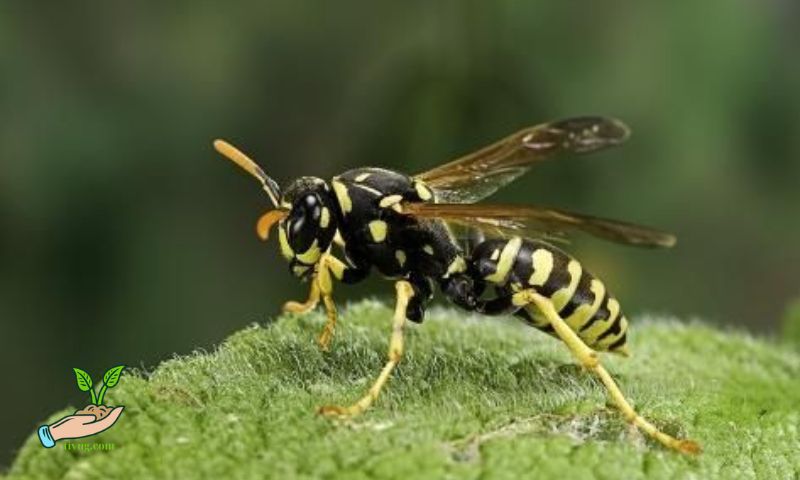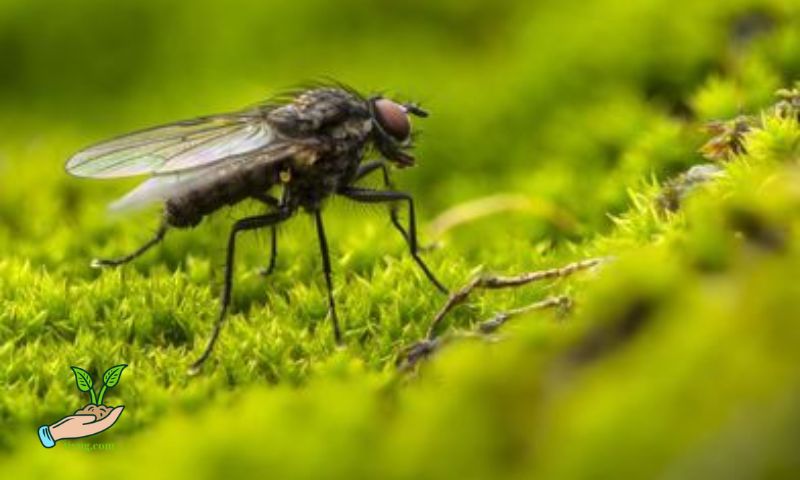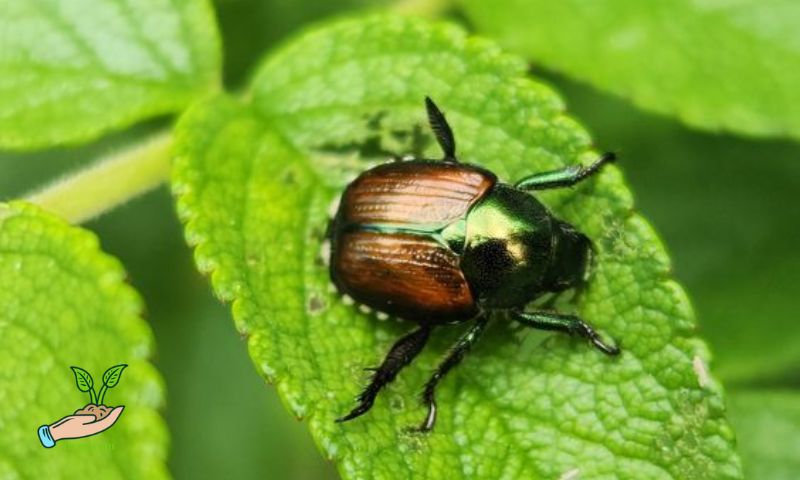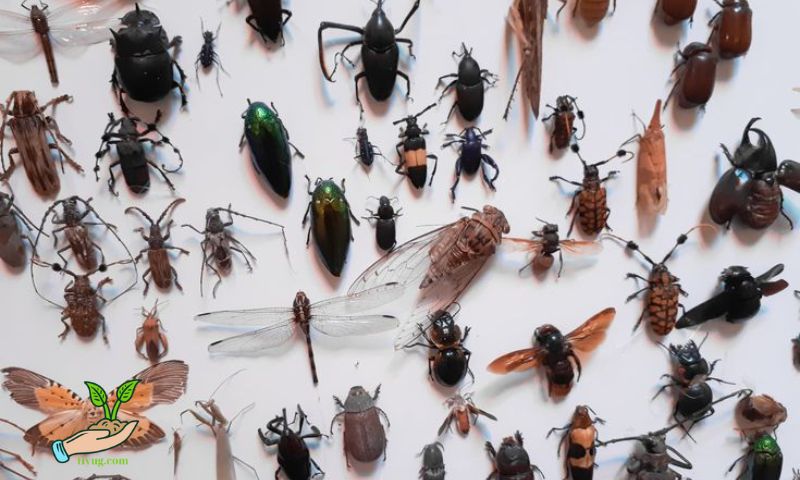Plants are essential to our ecosystem and are a vital part of agriculture and home gardening. However, various insects can cause significant damage to plants, affecting their growth, health, and yield. Understanding the types of insects that harm plants and how to manage them is crucial for maintaining healthy gardens and crops. This article will explore some common harmful insects, how to identify them, and effective prevention and control measures.
Common Types of Harmful Insects

Aphids
Aphids are small, soft-bodied insects that come in various colors, including green, black, brown, and pink. They are typically found on the underside of leaves, stems, and buds, where they feed by sucking sap from the plant. This feeding can cause distorted growth, yellowing, and a sticky substance called honeydew, which can lead to sooty mold growth.
Aphids can quickly reproduce and form large colonies, making them a serious threat to many plants, including vegetables, fruits, and ornamental plants. Their ability to transmit plant viruses further exacerbates their harmful impact.
Caterpillars
Caterpillars are the larvae of butterflies and moths and are known for their voracious appetite. They come in various sizes, shapes, and colors, often covered with hairs or spines. Caterpillars primarily feed on leaves, but some species may also target stems, fruits, and flowers.
The damage caused by caterpillars includes holes in leaves, defoliation, and sometimes even the complete destruction of the plant. Common plants affected by caterpillars include cabbages, tomatoes, and fruit trees.
Whiteflies
Whiteflies are small, winged insects that resemble tiny white moths. They are usually found on the undersides of leaves and can cause significant damage to plants by sucking out the sap. Infested plants often show signs of yellowing, wilting, and stunted growth.
Whiteflies also excrete honeydew, leading to sooty mold development, which can further stress the plant. They are particularly problematic in greenhouse environments and affect a wide range of plants, including tomatoes, cucumbers, and ornamental flowers.
Mealybugs
Mealybugs are small, white, cotton-like insects that cluster on plant stems, leaves, and roots. They feed on plant sap, causing yellowing, wilting, and stunted growth. Mealybugs also produce honeydew, promoting the growth of sooty mold.
These pests are commonly found in houseplants, succulents, and greenhouse plants. Their waxy coating makes them resistant to some chemical treatments, making control efforts more challenging.
Spider Mites
Spider mites are tiny, spider-like pests that are difficult to see with the naked eye. They typically feed on the undersides of leaves, piercing the plant cells and sucking out their contents. This feeding causes stippling, yellowing, and eventually leaf drop.
Spider mites thrive in hot, dry conditions and can rapidly multiply, leading to severe infestations. Commonly affected plants include beans, tomatoes, and various ornamental plants.
Scale Insects
Scale insects are small, immobile pests that attach themselves to plant stems, leaves, and branches. They have a hard, protective shell that makes them difficult to control. Scales feed on plant sap, leading to yellowing, wilting, and reduced plant vigor.
There are two main types of scale insects: armored scales and soft scales. Armored scales do not produce honeydew, while soft scales do, leading to sooty mold issues. These pests can affect a wide range of plants, including fruit trees, shrubs, and houseplants.
Thrips
Thrips are tiny, slender insects with fringed wings that feed on plant cells. They scrape the surface of leaves, flowers, and fruits, causing silvery or stippled damage. Infested plants may exhibit distorted growth, scarring, and reduced yields.
Thrips can also transmit plant viruses, making them particularly problematic for crops like tomatoes, peppers, and onions. Their small size and rapid reproduction make them challenging to manage.
Japanese Beetles
Japanese beetles are metallic green and bronze insects known for their destructive feeding habits. They feed on the leaves, flowers, and fruits of over 300 different plant species, causing significant damage. Japanese beetles skeletonize leaves, leaving only the veins intact, and can quickly defoliate entire plants.
Commonly affected plants include roses, grapes, and various ornamental trees and shrubs. Japanese beetles are particularly problematic because of their ability to fly and spread rapidly.
Identifying Insect Infestations

Early identification of insect infestations is crucial for effective management. Signs of insect damage can vary depending on the pest but commonly include:
- Holes or chewed edges on leaves
- Yellowing or wilting of plants
- Distorted or stunted growth
- The presence of sticky honeydew or sooty mold
- Visible insects or their eggs on the plant
Regularly inspecting plants and understanding the specific signs of different insect infestations can help gardeners and farmers take prompt action to mitigate damage.
Prevention and Control Measures

Natural Predators and Beneficial Insects
One of the most effective and environmentally friendly ways to control harmful insects is by encouraging natural predators and beneficial insects. Ladybugs, lacewings, and predatory mites are examples of beneficial insects that feed on harmful pests like aphids, spider mites, and whiteflies.
Introducing these beneficial insects into the garden or using plants that attract them can help maintain a healthy ecosystem and reduce pest populations naturally.
Organic and Chemical Treatments
Various organic and chemical treatments can be used to control harmful insects. Organic methods include using insecticidal soaps, neem oil, and diatomaceous earth. These treatments are less harmful to beneficial insects and the environment.
Chemical insecticides can also be effective but should be used with caution to avoid harming beneficial insects and the surrounding ecosystem. It’s essential to follow the manufacturer’s instructions and use the appropriate insecticide for the specific pest.
Cultural Practices
Implementing good cultural practices can significantly reduce the risk of insect infestations. These practices include:
- Regularly inspecting plants for signs of pests
- Removing and destroying infested plant material
- Practicing crop rotation to disrupt pest life cycles
- Maintaining proper plant spacing to improve air circulation
- Using row covers to protect plants from flying insects
These preventive measures can help create a less favorable environment for harmful insects and reduce the likelihood of severe infestations.
Conclusion
Managing harmful insects is a critical aspect of gardening and agriculture. By understanding the types of insects that harm plants, recognizing the signs of infestation, and implementing effective prevention and control measures, gardeners and farmers can protect their plants and ensure healthy growth. Regular monitoring and prompt action are key to keeping these pests in check and maintaining a thriving garden or crop.

